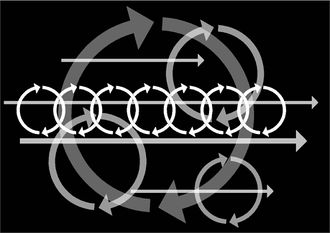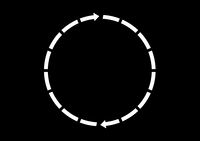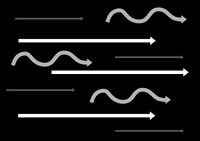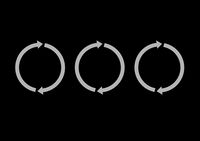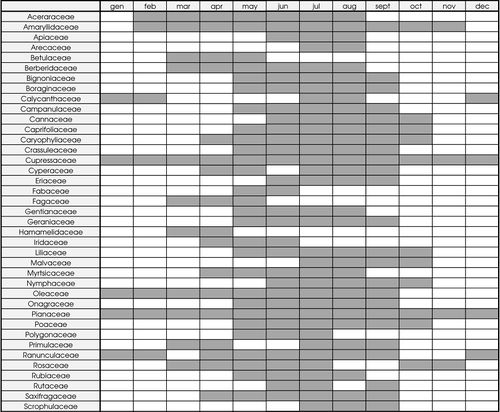atom10:RhythmAnalysis
(→Our analysis) |
|||
| Line 24: | Line 24: | ||
<gallery widths="200" heights="150" perrow="3" > | <gallery widths="200" heights="150" perrow="3" > | ||
| − | File:Rit2.jpg|'''Library | + | File:Rit2.jpg|'''Library''' - |
| − | + | the library as a flow of knowledge (linear) | |
| − | File:Rit3.jpg|'''Botancial garden | + | File:Rit1.jpg|'''BK city''' - |
| + | |||
| + | the Architecture building primarily includes movement flows but also knowledge (linear) | ||
| + | |||
| + | File:Rit3.jpg|'''Botancial garden''' - | ||
| + | |||
| + | the botanical garden is connected to nature. It's represents the passing of the seasons and of years (cyclical) | ||
</gallery> | </gallery> | ||
Revision as of 15:24, 11 October 2011
Contents |
The Rhythmanalytical project
There is a strong relation between everyday life and rhythm. We are particulraly interested in the relationship between cyclical and linear rhythm.The realtions of the cyclical time and the linear are not simple: there is between them antagonistic unity - they are in perpetual interaction.
Cyclical repetition and the linear repetitive separate out under analysis, but in reality interfere with one another constantly. The cyclical originates in the cosmic, in nature: days, nights, seasons, the waves and tides of the sea, monthly cycles, etc. The linear would come rather from social practice, therfore from human activity: the monotony of actions and of movements, imposed structures. The antagonist unity of relations between the cyclical and the linear sometimes gives rise to compromises, sometimes to disturbances.
Our analysis
The surrounding institutions control the rhythm of movement and activity surrounding and extending beyond the site. We need to map and represent the contours of the flow of people around the site. This analysis will help us to define where the intervention can engage with users.
How can we map rhythm? - Using data based on a range of characteristics we can create a contour map of flows for the two main institutions,
We have selected 3 main institutions: the cental library, the architectural building and the botanical garden.
- The library as a flow of knowledge (linear)
- The Architecture building primarily includes movement flows but also knowledge (linear)
- The botanical garden is connected to nature. It's represents the passing of the seasons and of years (cyclical)
Library
opening hours knowledge flow books loaned out newspapers
BK City
opening hours lectures times/students cafe/canteen espresso bar library university employees
Botanical garden
opening hours types of plants seasonal changesThe graph shows the flowering times of plants in the botanical garden. Plants have been cataloged for families and clearly indicate the rate of vegetation changes with the seasons. protection, from certain crops.
The garden is a source of information for schools and other organisations. The botanical garden is used for applied technological research at the TU Delft. The scientists search for new methods to obtain raw materials, such as Taxol and UV.
Opening hours:
Mon-Fri 8.30am-5.00pm
Saturdays 10.00am-4.00pm
Data Surrounding buildings:
Back to Home
